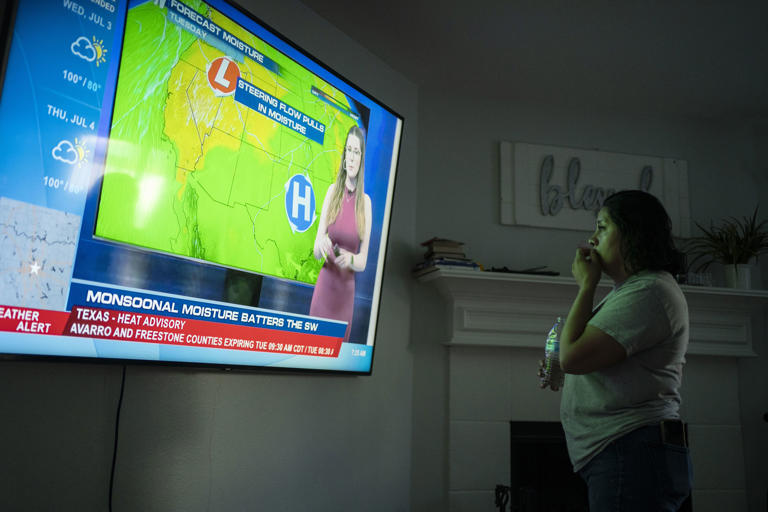The Biden administration’s proposed rule to safeguard workers from extreme heat, marking a significant national initiative, seeks to establish comprehensive protections for millions of workers across diverse industries, regardless of whether they work indoors or outdoors. This landmark proposal is a response to mounting concerns over the escalating hazards posed by heat stress, exacerbated by climate change impacts like more frequent and intense heatwaves.
At its core, the proposal introduces proactive measures triggered by heat indexes, which combine temperature and humidity to assess the real-feel conditions that workers face. The initial threshold at 80 degrees Fahrenheit mandates essential provisions such as accessible drinking water, adequate rest breaks tailored to individual needs, and a structured plan to gradually acclimate new workers to the job’s thermal demands. These measures are crucial not only for maintaining hydration and preventing heat-related illnesses like heat stroke and exhaustion but also for ensuring that workers can perform their tasks safely and effectively in challenging environmental conditions.
Further protections kick in at 90 degrees Fahrenheit, including heightened monitoring for signs of heat illness and mandatory 15-minute breaks every two hours. This tiered approach reflects a nuanced understanding of how varying heat levels impact different regions and industries, aiming to mitigate health risks comprehensively.
The journey to propose these standards has been lengthy, reflecting meticulous research and consultations with stakeholders ranging from labor unions and industry representatives to public health experts. However, the proposal faces formidable opposition, particularly from industry groups who argue that existing workplace protocols are sufficient and that additional federal regulations could impose excessive costs and logistical challenges. They contend that flexibility at the state or local level better accommodates regional variations in climate and working conditions.
Critics also raise concerns about potential impacts on economic competitiveness, especially for industries reliant on continuous operations and seasonal demands. Their objections underscore a broader debate about the balance between regulatory oversight and industry autonomy in ensuring workplace safety.
Yet, proponents of the rule emphasize its potential to address glaring disparities in state-level protections, particularly in states where high temperatures and humidity levels pose significant risks to worker health. States like Texas and California, which have historically recorded high rates of heat-related workplace fatalities, stand to benefit significantly from standardized federal guidelines that establish a baseline of protection for all workers.
Veronica Carrasco’s firsthand experience as a construction worker in Texas illustrates the urgent need for such protections. Her account of enduring extreme heat without adequate safeguards highlights the human impact of workplace conditions that fail to prioritize worker safety. Carrasco’s advocacy underscores the critical role of federal standards in ensuring equitable protections for vulnerable workers, regardless of geographic location or industry sector.
As the proposal progresses through the regulatory process, its fate remains uncertain, shaped by upcoming elections, legal challenges, and ongoing negotiations between stakeholders. Worker advocates stress that national standards are essential to close gaps in worker safety regulations and adapt to increasingly volatile climate conditions.
In conclusion, the proposed rule represents a pivotal step toward addressing a pressing occupational health challenge in the United States. It reflects a proactive approach to safeguarding worker well-being in the face of climate change impacts, underscoring the imperative for collaborative efforts to achieve robust, equitable workplace safety standards nationwide.
